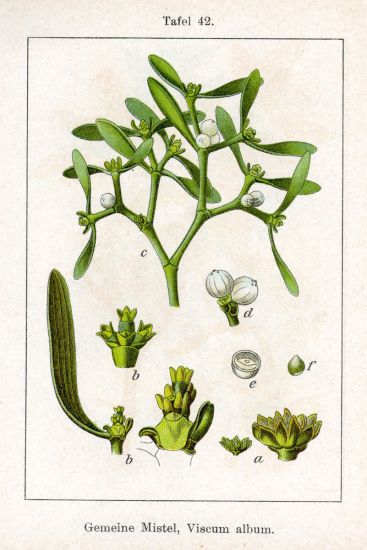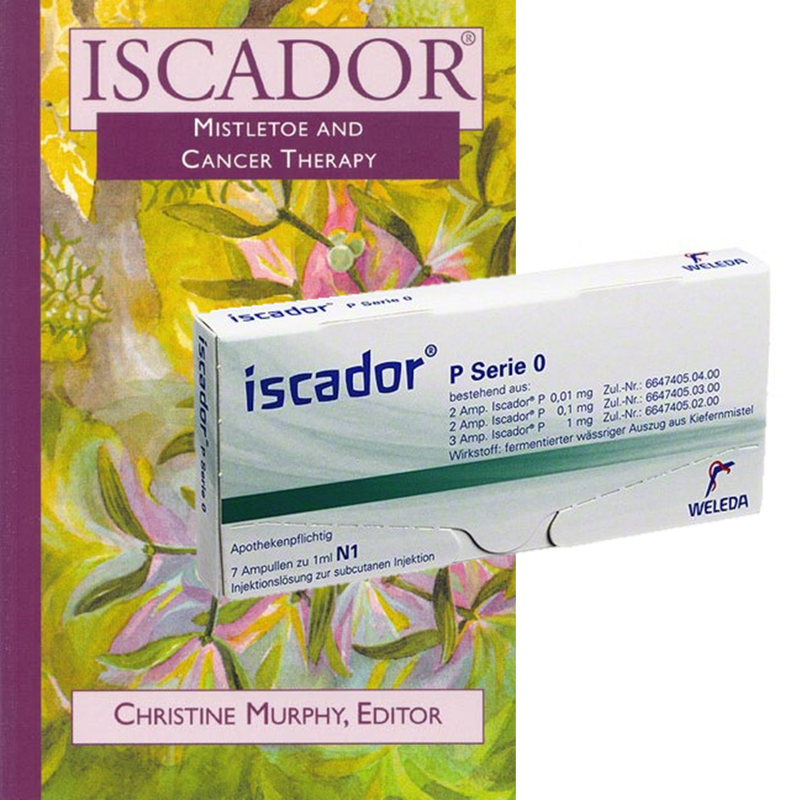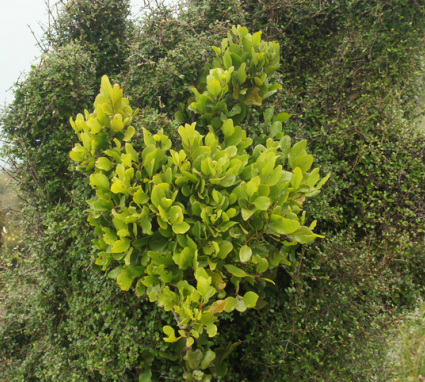The United States Food and Drug Administration (FDA) has not approved the use of mistletoe as a treatment for cancer or any other medical condition.
- One record of "mistletoe" used as a heart tonic;
- A few records of Ileostylus berries as a food source and this journal article discussing the presence of Cytotoxic (cell-damaging) compounds which are proposed to have been assimilated from the totara host tree (Podocarpus totara);
- Peraxilla tetrapetala was enjoyed as a sort of chewing gum;
- Korthalsella salicornioides has edible fruit
- Some Cassytha species overseas have been used in folk medicine and in traditional teas




 RSS Feed
RSS Feed
